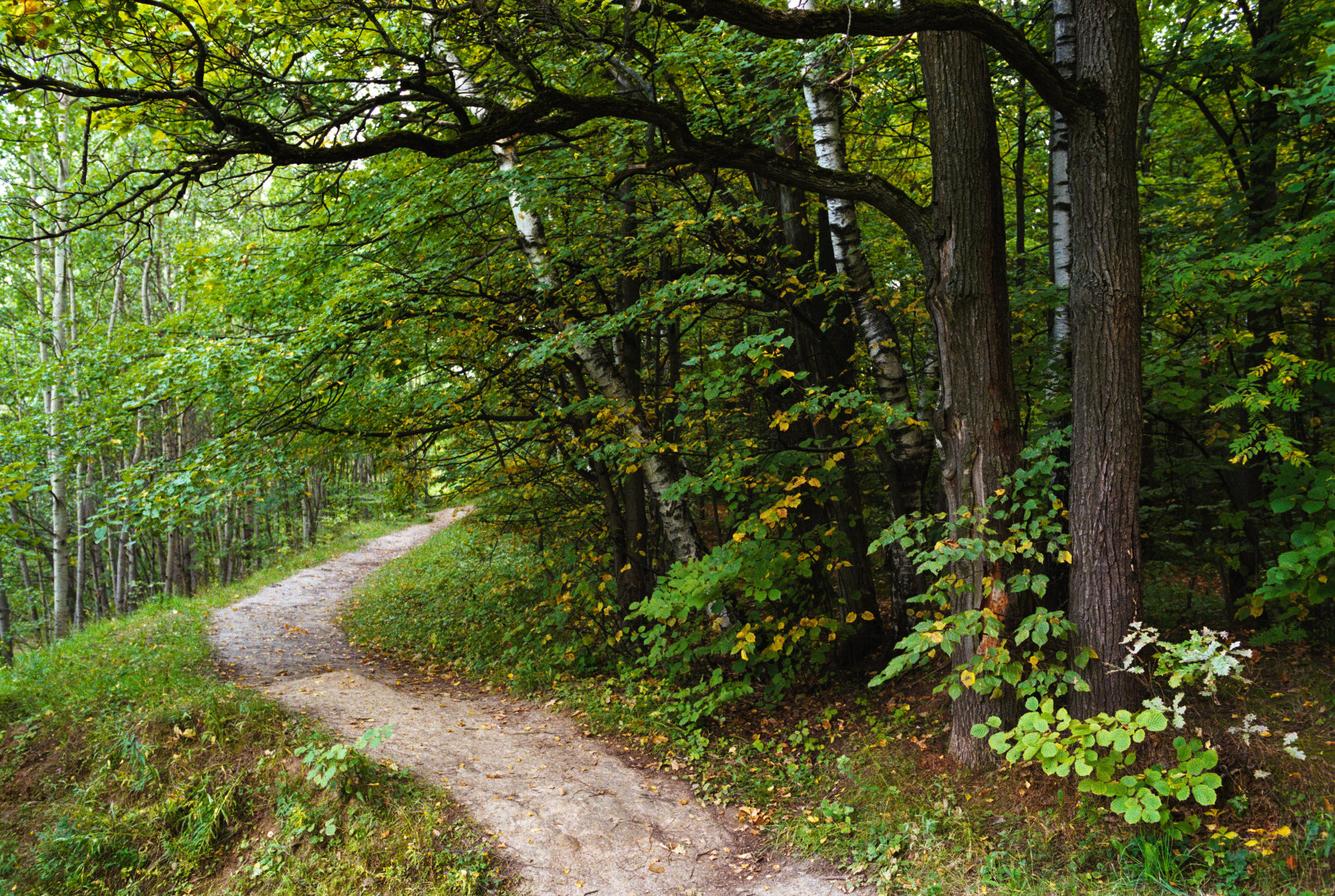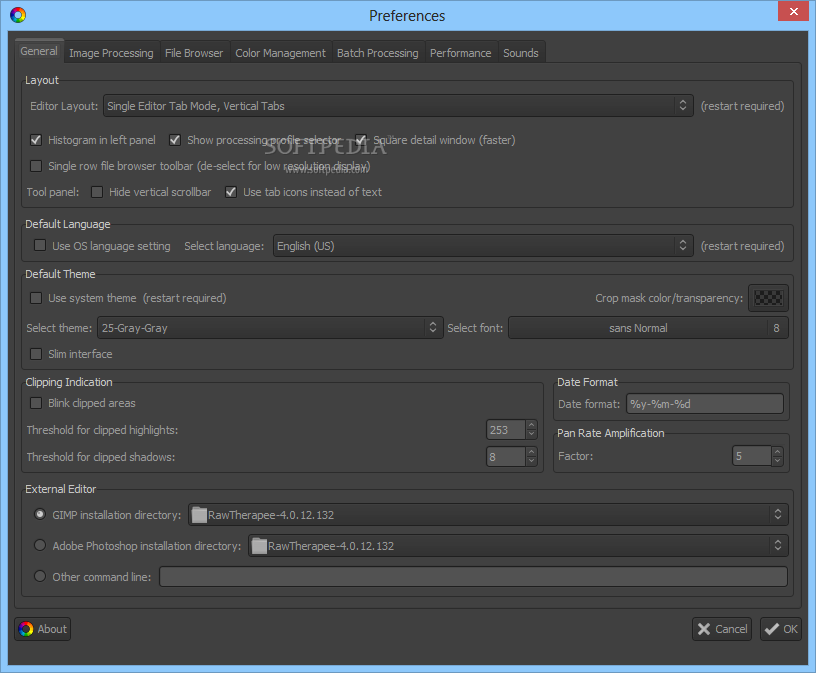
Get the latest version of Adobe DNG Converter here: There is, for example, the kipi-plugins DNG Image Converter which uses LibRaw and libkdcraw, however it is unknown what matrices this converter uses or where it gets them from, therefore it is safer if you stick to using the official Adobe DNG Converter. Having said that, issues with DNG are very rare, unlike the FUD surrounding it which is in no hurry of dying down.Īdobe's DNG Converter is not the only program that converts raw files to DNG. If you do convert your raw files to DNG, you should always first test your DNG files to make sure everything in your workflow still functions correctly before deleting the source files. Possible reasons could be that the newer color matrices might be more accurate, lossless compression might be improved, improved support for defective pixel marking, inclusion of new opcodes, injection of new useful metadata tags, etc. In some cases it may be warranted to re-convert your old DNGs to a newer DNG specification using the newest version of Adobe's DNG Converter.


Unlike JPEG images, which are already "developed", these raw files (both proprietary and DNG) contain raw data (ergo the name "raw file" - do not capitalize it, it is not an acronym!) which must first be processed before an image is obtained.
#RAWTHERAPEE CONVERT NEGATIVE FREE#
Some cameras also let you choose DNG (Digital Negative) as the raw format, which is a free and lossless format developed by Adobe.

Adobe DNG Converter 8.3 running through wine-1.7.12 in a 64-bit Gentoo.ĭigital photography cameras can most often save your images in the JPEG format, as well as dump the raw values from each of the millions of photosites which make up a sensor and store them, along with some metadata, in a proprietary format.


 0 kommentar(er)
0 kommentar(er)
